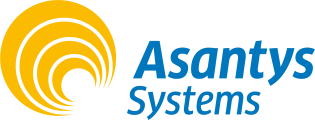Publication - Deliverable 4.3 of the MUSTEC project - “Analysis of the Drivers and Barriers to the Market Uptake of CSP in the EU”
►Add a New Publication
►See All Latest Publications
CSP deployment, empirically identifies those drivers and barriers to CSP deployment in the EU in the past and the future with the help of a literature review and ranks those drivers and barriers according to the views of investors and other relevant stakeholders involved in CSP.
Whereas review of the literature suggests the relevance of a wide array of drivers and barriers, our empirical analysis based on an expert elicitation and an investors’ survey suggests that the degree of importance of each driver/barrier differs for different types of stakeholders (industry, researchers, policy makers and others), different time frames (past and future) and different CSP designs (parabolic trough and solar tower).
Regarding the past drivers of CSP deployment, the expert interviews have suggested the importance of deployment support, policy framework conditions and policy ambition and the technology being regarded as proven (technology risks). Dispatchability is regarded as the main future driver of the technology, followed by policy framework conditions and policy ambition and complementarity with PV. The investors’ survey confirms the relevance of dispatchability as a driver, together with key technology features (maturity and good performance of the technology) and investors’ features (accumulated knowledge and experience) specifically for the case of parabolic trough.
Regarding CSP deployment in the past, several barriers stand out. These include higher costs, retroactivity, lack of stability and ambition of targets and low levels of deployment support. Higher costs, limited resource potentials (DNI) and retroactivity, lack of stability and ambition of targets are perceived as the most relevant future barriers for experts. The view of investors on those barriers is significantly different. They stress the importance of administrative processes, construction permits and grid connection. In short, the views of investors and experts regarding both drivers and barriers are deemed complementary, since they focus on different levels of
analysis.
Admin:
No




















